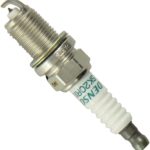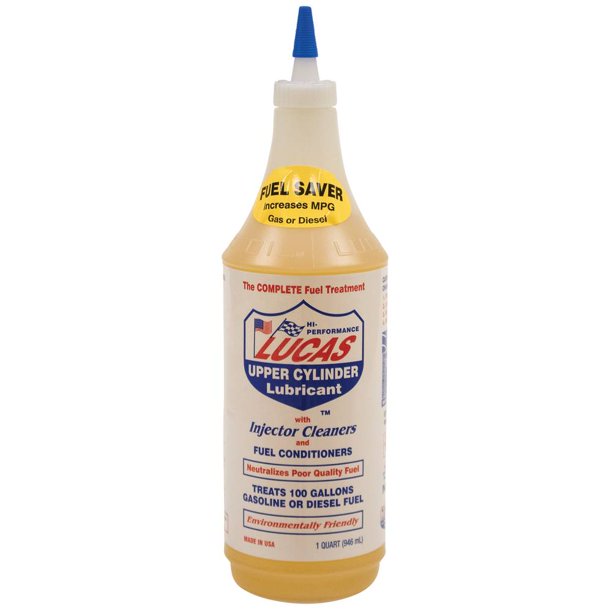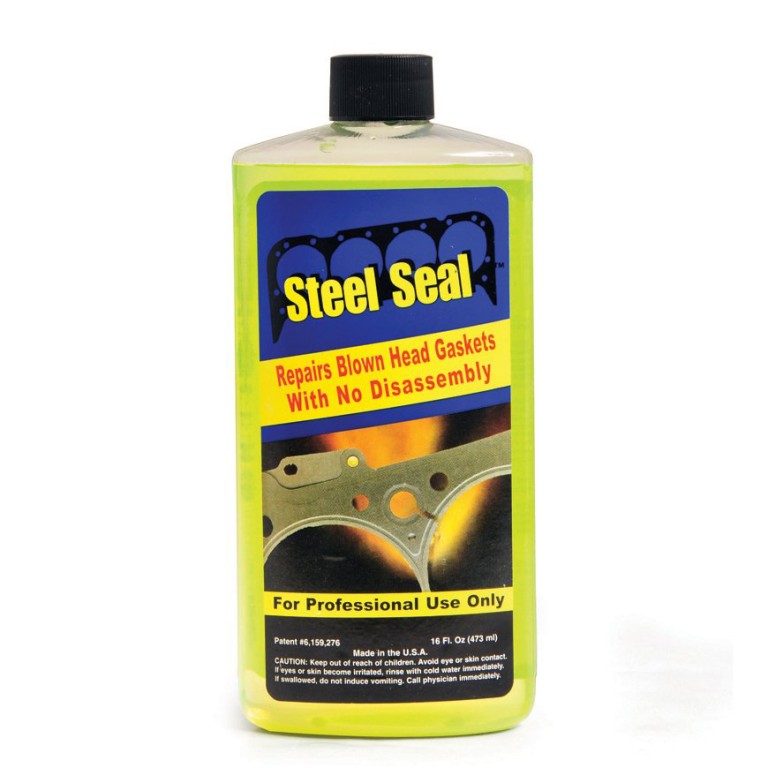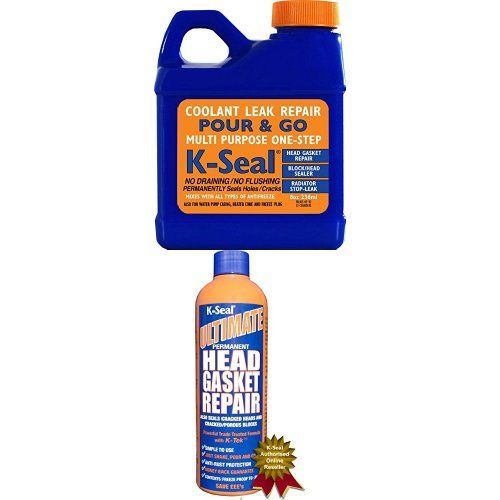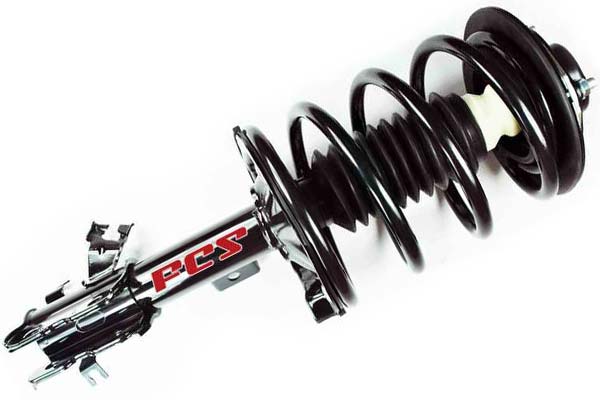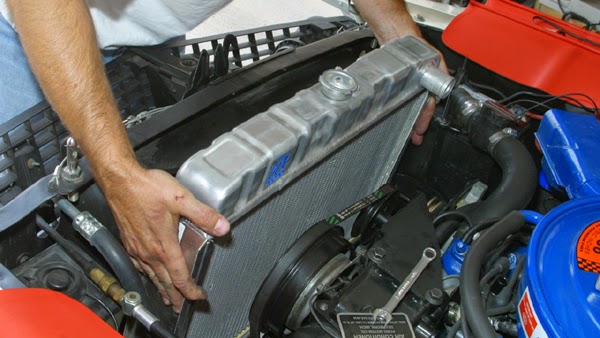Our review today will be on Ruthenium spark plugs. If you own an automobile, you will know how important spark plugs are to then smooth running of a car. Infact if a spark plugs goes bad, it will not allow your car run smoothly. We want to talk about Ruthenium spark plugs, which is one of the best spark plugs in the market. In this guide, you’ll find out why we say, this spark plug is one of the best.
Ruthenium Spark Plugs
New alloys are being developed for spark plugs to provide longer service life, higher performance, and spark propagation. NGK has unveiled their ruthenium spark plugs, which are the company’s next-generation spark plugs. The electrodes in these plugs are constructed of the valuable metal ruthenium.
Ruthenium is a chemical element with the atomic number 44 and the symbol Ru. Ruthenium, like the other platinum group elements, is chemically inert to most other substances. It melts at 4233 degrees Fahrenheit, however when we talk about the alloy, it becomes far more corrosion and oxidation resistant than contemporary iridium and platinum alloys. As a result, it’s been a fantastic choice for usage in electrical contact to make them wear-resistant.
Read also: How To Change Spark Plugs In Cars
Ruthenium Spark Plugs Features
Modern engines need more power while burning less gasoline, reducing the lifespan of iridium or platinum spark plugs. The use of ruthenium spark plugs makes a difference in this situation. With two separate designs, it provides improved oxidation resistance and innovative high ignitable technology for a longer lifespan.
A design known as DFE, or double fine electrode, can be found. It can improve ignitability while lowering emissions in low-temperature engines. Non-turbo applications are suited for this NGK-patented layout.
Another design is the PSPE, which stands for projected square platinum electrode. This one is for high-heat engines, such as turbocharged and supercharged engines.
Better Durability
Ruthenium alloy has a far higher wear resistance than the other platinum family elements. These spark plugs, according to NGK, survive longer than other lead metal spark plugs. It lasts two times as long as iridium spark and four times as long as conventional nickel electrode plugs. Ruthenium also performs better at higher temperatures.
Higher Ignitability
These plugs have a higher ignitability, ensuring maximal combustion and a full fuel burn, resulting in faster throttle response, improved acceleration, and a cold start.
The cold-start up is quicker, and the exhaust will have less raw gas smell in the first minute after beginning. You can also notice a well-behaved start during low-speed or automated downshifts.
How To Use Ruthenium Spark Plug
The ruthenium body of a ruthenium spark plug is surrounded by a porcelain insulator. The ruthenium body receives a voltage of roughly 20000-40000V after receiving a kick or voltage source. The tremendous quantity of voltage is subsequently transmitted through the ruthenium electrode, which is surrounded by porcelain or high–grade alumina silicate ceramic.
It acts as an insulator and prevents voltage from escaping into the circuit, which could result in a short circuit. This insulator is ribbed so that the large amount of voltage must travel a greater distance to reach the ground electrode.
When electricity flows from the top to the bottom, it tries to leap to the ground electrode through the base electrode. The rapid flow of electricity ionizes the air in the gap during jumping, causing combustion and burning the gasoline or petrol. The fuel produces energy when it burns, and the engine uses that energy to run.
Check For Spark Plug Gap
To improve the engine’s performance, double-check that the plugs have the proper gap. The gap guarantees that the voltage used to ignite the fuel and cause combustion is correct, allowing the engine to run.
Your engine may be damaged if the distance between the spark plugs is wrongly set. To complete the combustion process within the engine, the distance between the spark plugs is too short, and the spark is too feeble. You may also get misfires at fast speeds for larger gaps.
The factory gap may not always be the correct one for your engine due to part consolidation. The spacing setting differs from vehicle to vehicle, but most are between 0.028′′ and.060′′. Always check the electrode gap specified on your engine emissions decal. The quantity of spark plug tightening is determined by the size of the plugs and the type of plug seat.
Why Use Ruthenium Spark Plug?
Increase Fuel Efficiency
The engine’s performance will be harmed if abrasive sparks are used. At the same time, it burns a lot of gasoline, which has a negative impact on the user experience.
Your engine will have a longer service life with Ruthenium spark plugs, saving you money on gas while sustaining combustion. It is a significant component in helping users save money in the long term, and the engine runs smoother and is more responsive when stepping on the gas.
Components are safe
When you replace traditional spark plugs with ruthenium spark plugs, you reduce the risk of fire and explosion, enhance ignition speed, and eliminate a number of other hazards.
Are Ruthenium spark plugs better?
For today’s advanced engines, NGK claims that ruthenium electrodes give improved ignitability, oxidation resistance, and durability. The ruthenium’s physical qualities, along with the new plugs’ particular electrode designs, allow them to outlast contemporary platinum and iridium plugs by a large margin.
Are NGK spark plugs pre-gapped?
Yes! Although most NGK spark plugs are pre-gapped, there are times when the gap needs to be adjusted. The fine-wire electrodes must be handled with care to avoid bending or breaking. To measure the gap, NGK suggests using a round wire-style or pin gauge gap instrument.
Is Denso better than NGK?
Denso plugs are found in practically every Japanese automotive model. The iridium utilized in them is extremely hard. Denso plugs have a smaller electrode diameter than NGK plugs. As a result, Denso plugs do not last as long as NGK plugs, but they produce more strong sparks.
What is better, Platinum or Iridium spark plugs?
With a melting temperature of 700°, iridium is believed to be six times harder and eight times stronger than platinum. Iridium spark plugs feature extremely fine electrodes and have exceptional wear resistance. Iridium spark plugs can last up to 25% longer than comparable platinum spark plugs due to their strength.
Are NGK spark plugs good?
NGK is one of the most well-known names in the spark plug industry, with over 80 years of experience. Years of experience designing specialized sensors, connections, and other automotive engine components have helped NGK establish a reputation for reliability and consistency.
Does spark plug gap have to be exact?
A spark plug’s gap between the center and side electrodes must be perfect; else, your plugs will not fire efficiently. Gapping your spark plugs is the process of adjusting the spacing between the two electrodes. To correctly space your spark plugs, you’ll need a feeler gauge.
Should you lubricate spark plug’s thread?
The use of a lubricant such as copper grease on spark plug threads is not recommended by NGK since it reduces frictional forces at the thread faces. During installation, it’s critical not to overtighten or undertighten spark plugs. Overtightening might cause the spark plug to deform and break.
How tight should a spark plug be?
Confirm that the spark plug’s thread reach is appropriate for your engine. Remove the dirt from the cylinder head’s gasket seal. Tighten the spark plug with your fingers until the gasket reaches the cylinder head, then use a spark plug wrench to tighten it another 12–23%.
Will better spark plugs improve horsepower?
In summary, spark plugs can boost horsepower in specific conditions…. Even if you’re replacing truly old and worn spark plugs with new ones, these’massive’ increases of one or two percent are unlikely to be exceeded. In this situation, you’re effectively returning your car to its peak performance.
How often should you change spark plug?
As a general rule, we recommend replacing spark plugs every 30,000 miles, which is consistent with the recommendations of most manufacturers. For information unique to your make and model car, consult your owner’s manual or the manufacturer’s website.
What’s the cost of a spark plug?
Depending on the type of spark plugs you require and the number of cylinders in your engine, a set of spark plugs can cost anywhere from $16 to $100. When calculating the cost, keep in mind that certain specialist engines have two spark plugs per cylinder.
Conclusion
We hope you enjoyed reading this article on Ruthenium spark plugs reviews. You can now see why many people prefer Ruthenium spark plugs. You can visit any nearby auto shop to purchase it or look for it online.

